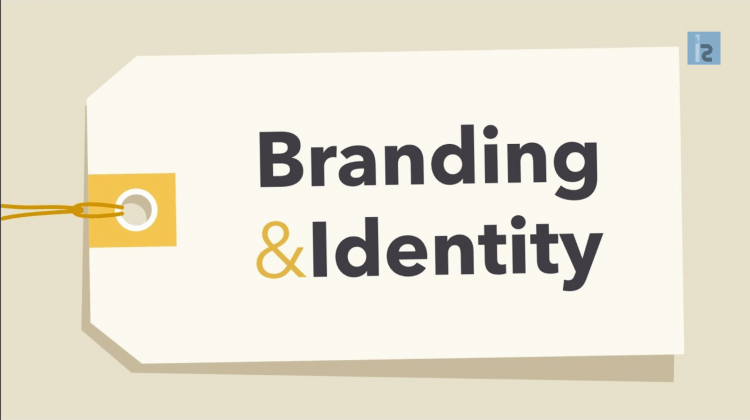
What is brand identity? And how to design and develop a great one.
Just like your personal identity makes you uniquely you, your brand identity is the special sauce of your business that sets you apart from every other Tom, Dick and Harry, Inc. on the block. And your brand identity design? It’s what shapes your company.
But what exactly is brand identity? What does it have to do with design? And how do you shape a strong brand identity that takes your business to the next level?
Table of Contents
- What is brand identity?
- How to develop a strong brand identity
- Design: the foundation of your brand identity
- Developing your brand design
- Typography
- Color Palette
- Form/Shape
- Designing your brand identity
- Logo
- Website
- Product Packaging
- Business cards
- Email design
- Create a Brand Style Guide
- Developing your brand design
What is brand identity?
—
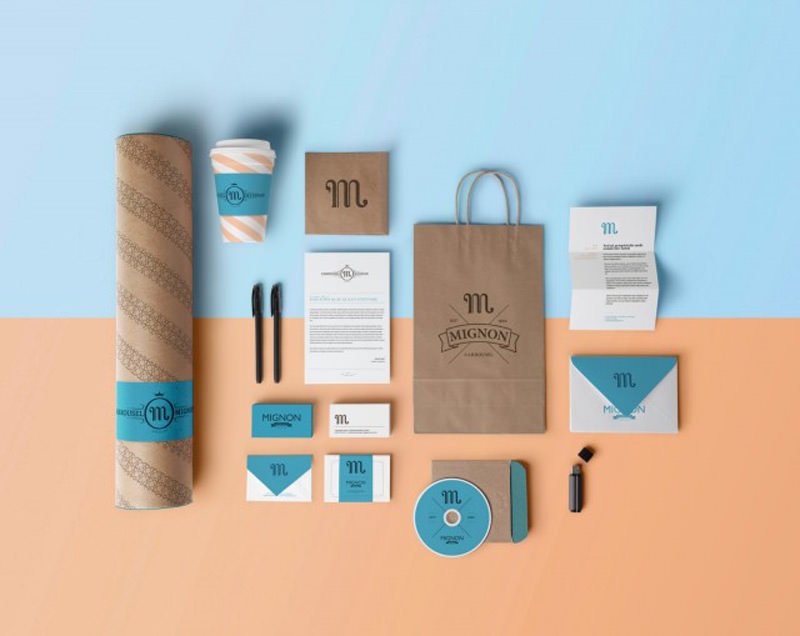
We’ll kick things off with a definition. What does the term brand identity mean?
Brand identity is the collection of all elements that a company creates to portray the right image to its consumer. Brand identity is different from “brand image” and “branding,” even though these terms are sometimes treated as interchangeable.
The term branding refers to the marketing practice of actively shaping a distinctive brand. A brand is the perception of the company in the eyes of the world.
Let’s dig a little deeper.
Let’s say you are a middle school student. As an awkward pre-adolescent, you want to be perceived as cool and get invited to sit at the best table in the cafeteria. But you can’t just force other people to have that image of you. In order to develop this brand, you need to do some work.
So you make sure you watch the right YouTube channels so you always know the latest meme. Maybe you start working on your free throw. And cultivating on an impression of Mr. Archibald, your science teacher. These actions are the work you’re putting towards develop your desired image; they’re your branding.
Finally, you need to make sure you look the part. You save up your money to buy the new Adidas shoes everyone covets. You get a new haircut. You try out for (and join) the basketball team.
Those tangible elements—the shoes, the haircut, the team membership—that’s brand identity.
Your brand identity is what makes you instantly recognizable to your customers. Your audience will associate your brand identity with your product or service, and that identity is what forges the connection between you and your customers, builds customer loyalty, and determines how your customers will perceive your brand.
How to develop a strong brand identity
—
Know who you are
Before you know what tangible elements you want to make up your brand identity, you need to know who you are as a brand.
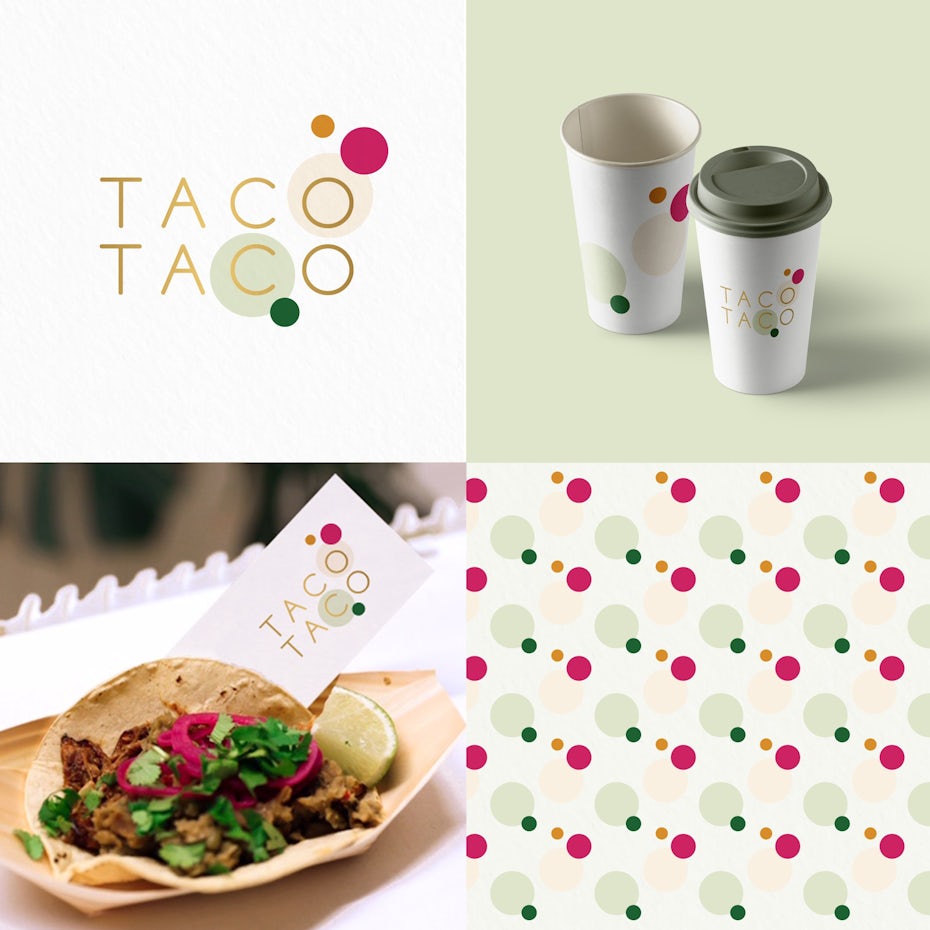
Who you are as a brand is made up of a few key elements:
- Your mission (what’s your “why?”)
- Your values (what beliefs drive your company?)
- Your brand personality (if your brand was a person, what kind of personality would they have?)
- Your unique positioning (how do you differentiate yourself from the competition?)
- Your brand voice (if your brand was a person, how would it communicate?)
These elements are what define your brand, and before you start building your brand identity, it’s important you have a clear understanding of each.
If you’re having trouble figuring out who exactly you are, don’t sweat it. Sometimes, all you need is a simple brainstorm to help you get clarity on who you are as a brand.
Ask yourself:
- Why did we start this business?
- What are beliefs and values that are important to us as a company?
- What do we do better than anyone else?
- What makes us special?
- If we could describe our brand in three words, what would they be?
- What are the three words we would want our customers to use to describe us?
You can also check out this awesome branding workbook from consulting firm PricewaterhouseCoopers. While this workbook is geared towards personal branding, the strategies will work for any type of business model.
Once you’ve locked in who you are as a brand, it’s time to build the identity that will bring your brand to life and show who you are to the people who matter most: your customers.
Design: the foundation of your brand identity
—
Just like your Adidas built the brand identity of your middle-school-star-athlete persona, your design is what will build the brand identity of your company.
Your corporate design assets are the tangible elements that will determine how your brand is perceived. Things like your logo, your packaging, your web design, your social media graphics, your business cards and the uniforms your employees wear.
In other words, nailing your design = nailing your brand identity = building a successful business that’s an accurate representation of who you are as a brand.
So, how exactly do you nail your design and build a brand identity that will take your business to the next level?
Developing your brand design
Before you start creating your design assets, you need to start from the ground up and lock in the basics of your design structure: the building blocks of your brand identity.
The building blocks you’ll want to determine before you create your design assets include:
Typography
Typography refers to—you guessed it—the font (or type) you choose for your branding materials. It’s particularly important to choose logo fonts and brand fonts wisely. There are four major types of typography:
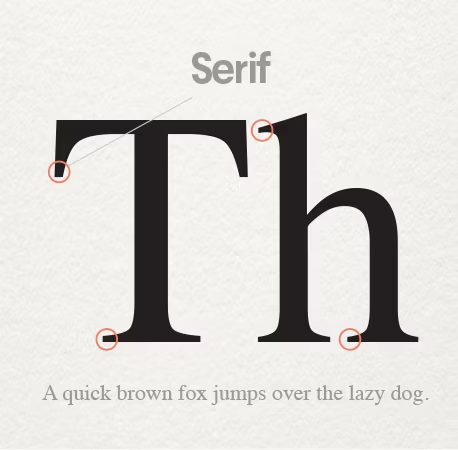
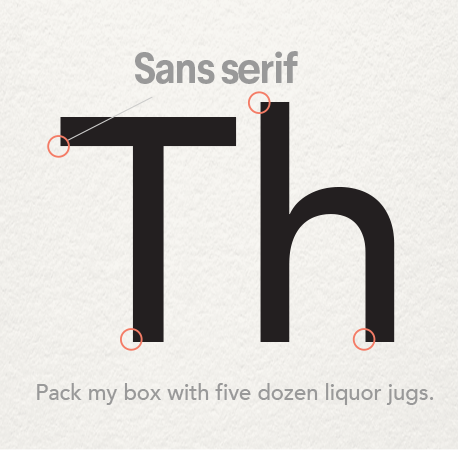
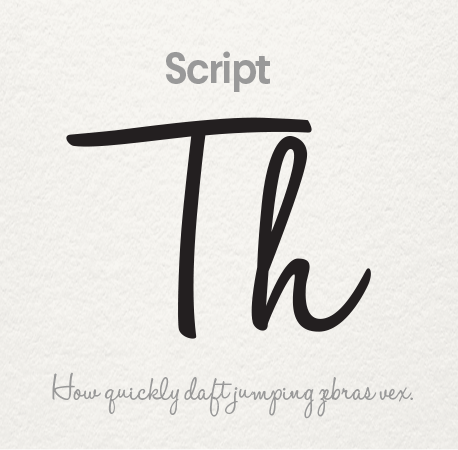

- Serif fonts (like Times New Roman or Garamond) have what look like an anchor (or to some people, little feet) on the end of each letter. This classic typography is great if you want your brand to appear trustworthy, traditional, and just a little old school.
- If “serif” is the foot, “sans serif” is without the foot. Sans serif fonts (like Helvetica or Franklin Gothic) are letters that have smooth edges and lack the anchor or “feet” of their serif counterparts. Sans serif fonts give a more sleek, modern feel to brands.
- Script typography emulates cursive handwriting (so much for all those cursive lessons in elementary school!). These fonts (like Allura or Pacifico) can be a great way to add a luxurious or feminine feel to your brand.
- Display fonts are kind of in a league of their own. Each display font has a specialized element, whether it’s an unusual shape to the letters, outlines, shadowing, or a more artistic/hand-drawn edge (think Metallica’s lightening bolt font). Want to make a bold statement and create a brand identity people won’t soon forget? A display font is a great way to do it.
The typography you choose will say a lot about your brand, so choose your fonts wisely.
Color palette

Next up is color. People—your potential customers included—have psychological ties to different colors, and using branding colors and logo colors strategically can have a serious impact on how your brand is perceived by your audience.
Here are what the colors of the rainbow (plus a few extras) can do to help your brand identity:
- Red: Red is the color of passion and excitement. It’s the perfect choice if your brand identity is loud, youthful, and exciting.
- Orange: Orange is another high-energy color and is great if you want to appear friendly and playful. It’s used less commonly than red, so will also make you stand out.
- Yellow: Yellow, the color of sunshine, is all about happiness. The cheerful vibe makes it a good choice if you want to feel fun, accessible and affordable.
- Green: An incredibly versatile color, green can be used for just about any brand. Culturally, though, when people see green, they think two things: money or nature. If your brand is tied to either of those things, green is an especially good choice.
- Blue: The most universally appealing color in the spectrum, blue can help your branding to appear more stable and trustworthy, so if you’re looking to appeal to a wide demographic—and get them to trust you in the process—go with blue.
- Purple: Purple is the color of royalty, so if you’re going for a luxurious feel in your branding, this a safe bet.
- Pink: Right or wrong, pink is culturally tied to femininity, so if your brand is targeted towards women, pink should be a definite contender for your brand color. It’s also a great color for brands with a soft or luxurious identity.
- Brown: Brown is perhaps the least use color in all of branding, but that could actually work to your advantage! Any time you do something different, it helps you stand out. Brown can also help people to view your brand as rugged or masculine.
- Black: If you want to be viewed as modern or sophisticated, there’s nothing as classic and effective as black.
Form/Shape
When it comes to your designs, you also want to think about form and shape. This subtle but effective element that can be used to reinforce the desired reaction from your customers: so, for example, a logo that is all circles and soft edges will inspire a very different reaction from a logo that’s sharp and square.
Here’s how different forms can shape your brand identity (pun intended):
- Round shapes—like circles, ovals, and ellipses—are all about the warm and fuzzies. Brands that incorporate round shapes can create feelings of community, unity and love. The rounded edges can also be viewed as feminine.
- Straight edged shapes—like squares, rectangles, and triangles—make people think strength and efficiency. The no-nonsense lines create a feeling of stability and trustworthiness, but you need to be careful: if the shapes aren’t balanced out with something fun, like dynamic colors, they can feel impersonal and fail to connect with your customers.
- Straight lines also have their own implications: vertical lines suggest masculinity and strength while horizontal lines suggest tranquility and mellow vibes.
Designing your brand identity
Once you’ve figured out the building blocks of your design, it’s time to work with a designer to bring your brand identity to life and translate who you are as a brand into tangible design assets you can use in your marketing. Your brand identity can be expressed in any number of elements. Depending on the nature of your business, one asset or another may be more or less important. For example, a restaurant should put a lot of thought into their menu and physical space. A digital marketing agency, however, needs to focus more on their website and social media pages.
Common elements of brand identity include:
Logo
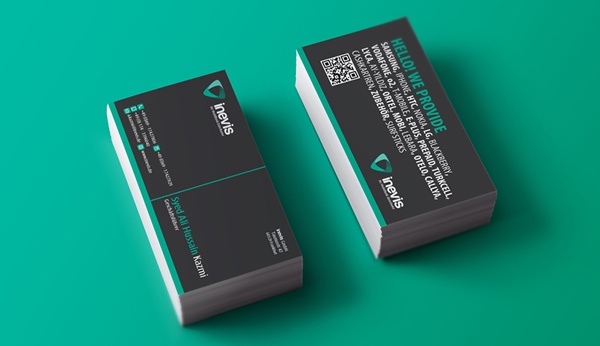
Your logo design is the cornerstone in your brand identity. When working with your designer, you want to aim for your logo to tick off the following boxes:
- Clearly communicates who you are and what you value as a brand;
- Is visually appealing: simple, clean and uncluttered goes a long way;
- Is classic, not trendy: the last thing you want is for your logo to go out of style in 6 months;
- Plays along with your industry’s standards—and if you veer off, do so deliberately;
- Makes a lasting impression on your audience.
You also want to make sure that your design partner delivers your logo in multiple formats (like a black and white version or multiple sizes) to ensure you always have the logo you need—and that each is in line with your brand identity.
Website
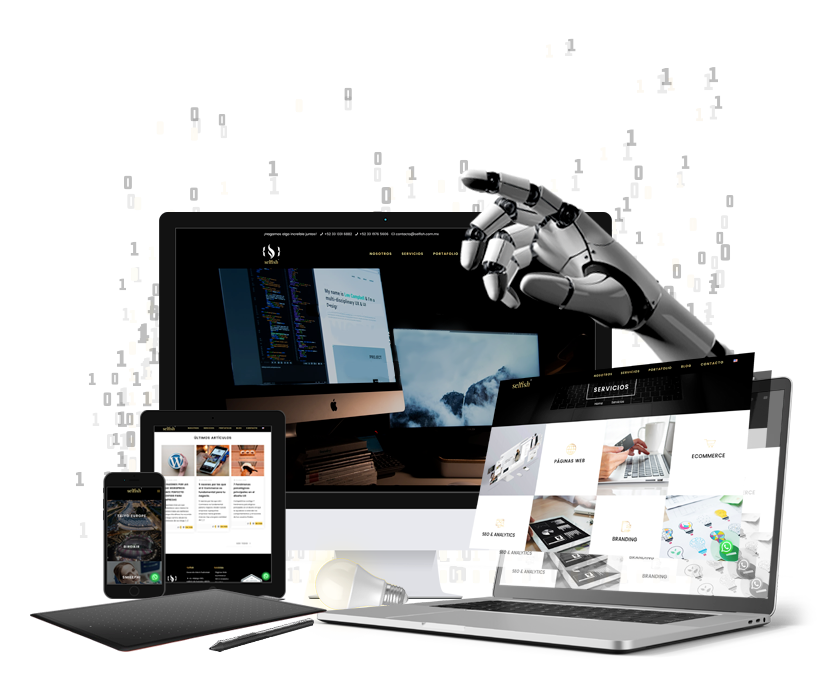
Your website is one of the most representative aspects of your brand identity. Especially if you’re running an online business or a digital product, your customers will definitely check your website out before deciding to do business with you. Your website is where your brand identity should come through in full force.
Product packaging
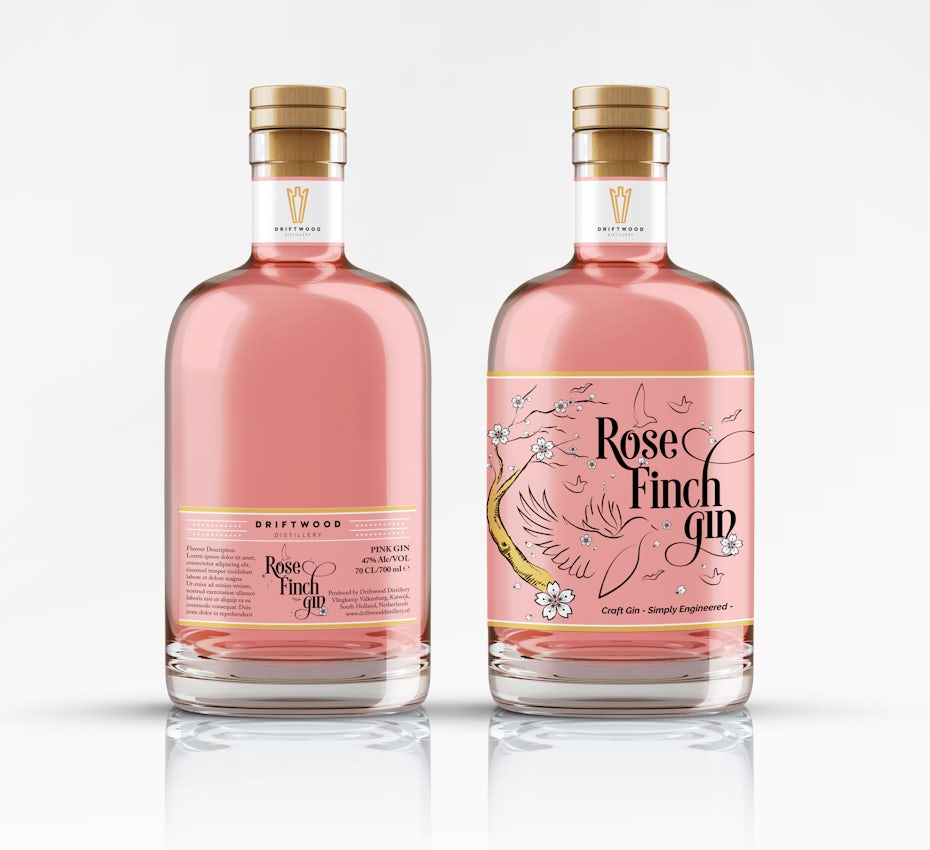
If your product is a physical one, then product packaging is key to attracting the right customers. Whether you’re thinking about the bottle of a cold-brew beverage, or the mail you’ll send to your customers who purchased clothes from your ecommerce business, don’t underestimate the value of good design in improving the experience – and driving both loyalty and repeat purchases. Packaging is an awesome opportunity for your design to shine.
Business cards
If you’re doing any sort of business development (and who isn’t), you’ll want to stock up on business cards. A well-designed card offers the chance to reinforce a positive opinion of yourself in the eyes of potential clients or customers. When it comes to business card design, keep it simple: your company logo on one side of the card and your key personal details on the other side should suffice.
Email design
Email is a great way to engage your customers and drive business. But most people are at inbox overload, so if you want to grow your business via email, you need the right design strategy to set yourself apart from the clutter. Think about the purpose of the email. Are you trying to make a personal connection? Then keep it short, sweet, and simple. Are you trying to educate? Then format it well so it’s easily readable and scannable and add a few images to make it pop. Are you trying to tell your customers about a new clothing line you launched? Make a few stunning product images the focus.
Create a brand style guide
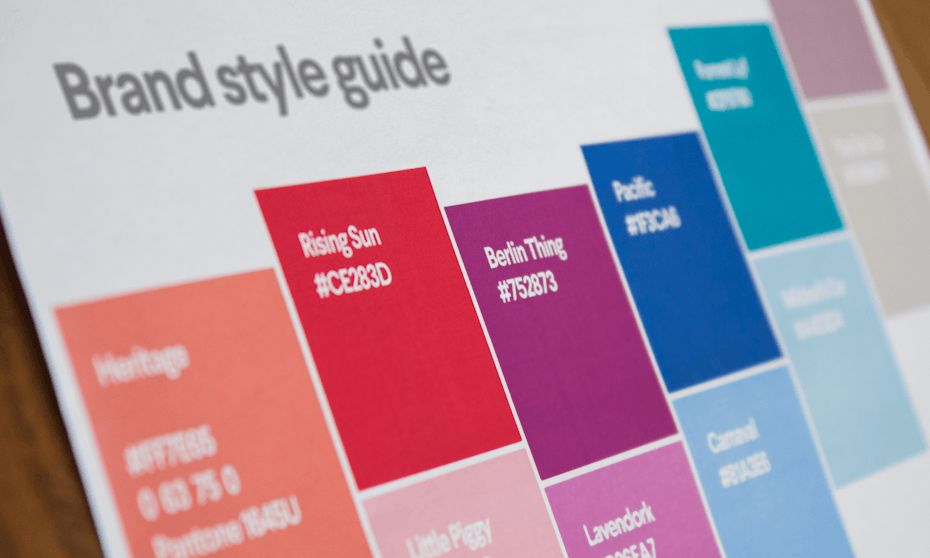
Once you’ve got your design assets, you want to make sure they’re used in the right way, which is why you’ll definitely want to create a brand style guide. This document—which outlines your design assets, when and how to use them, as well as any design do’s and dont’s for your brand—will ensure that any future design is in line with your brand identity and generates the right perception with your audience.
Consistency is key to create a strong brand identity. You wouldn’t want your brand to look totally different on social media than it does on your website. That would confuse customers and make your brand feel less trustworthy and professional. So, make sure to always stick to a brand guide that covers all the different elements of your brand identity. That’s what is going to enable you to build brand recognition and brand loyalty in the long term.
Brand identity in a nutshell…
—
Your brand identity is what sets you apart from the endless sea of competitors and shows your customers who you are and what they can expect from working with you. And if you want your brand to be perceived in a positive light, it’s crucial that you nail your brand identity and create designs that accurately portray who you are to your customers. And now that you know how to nail that identity, it’s time to start designing.




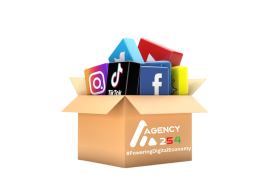
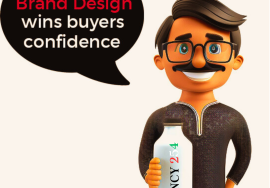



When I originally commented I clicked the “Notify me when new comments are added”
checkbox and now each time a comment is added I
get several e-mails with the same comment. Is there any way you can remove me from that service?
Appreciate it!
This piece of writing will assist the internet visitors for setting up
new web site or even a blog from start to end.
Hello there! I know this is somewhat off topic but I was wondering which blog platform are you using
for this website? I’m getting tired of WordPress
because I’ve had issues with hackers and I’m looking at alternatives for
another platform. I would be awesome if you could point me in the direction of a good platform.
Revolutionizing Conversational AI
ChatGPT is a groundbreaking conversational AI model that boasts open-domain capability, adaptability, and impressive language fluency. Its training process involves pre-training and fine-tuning, refining its behavior and aligning it with human-like conversational norms. Built on transformer networks, ChatGPT’s architecture enables it to generate coherent and contextually appropriate responses. With diverse applications in customer support, content creation, education, information retrieval, and personal assistants, ChatGPT is transforming the conversational AI landscape.
Hello! This is my first visit to your blog! We are a collection of volunteers and starting a new project in a community
in the same niche. Your blog provided us valuable information to work on. You have done a wonderful
job!
Here is my site; Airport Taxi Innsbruck als Favorit speichern